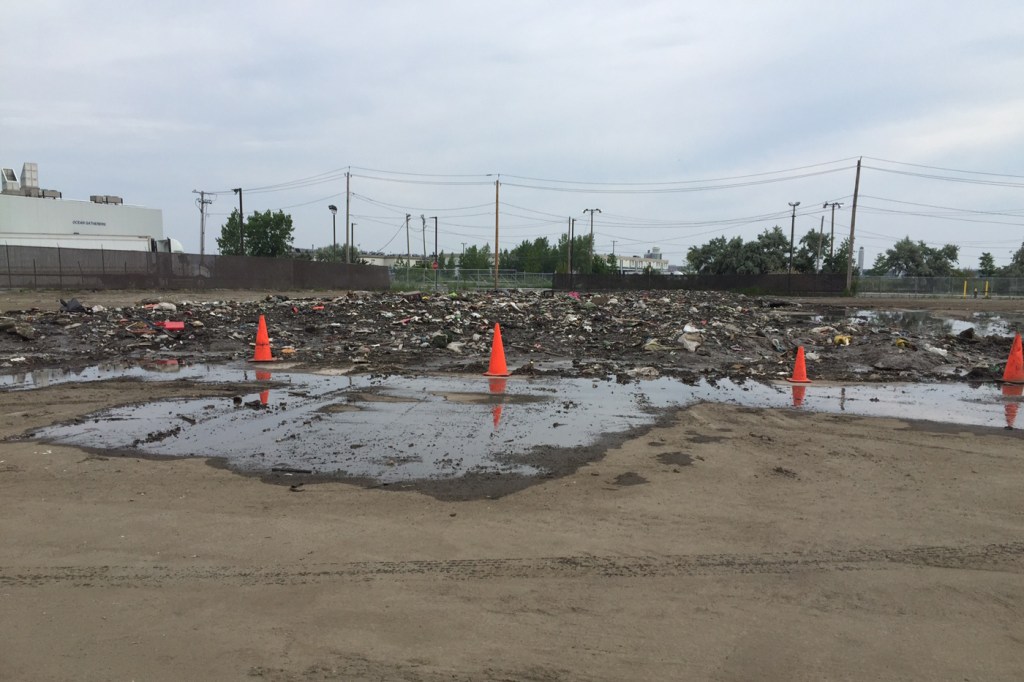Towering Boston snow mound was environmental wake-up call

News outlets from The New York Times to WBUR have been running commentary lamenting the once 75-foot-high garbage-laden snow mound ensconced in Boston’s Seaport District since a record 110.6 inches of the white stuff fell here this winter. But Northeastern’s Ferdi Hellweger, associate professor of civil and environmental engineering, sees if not a silver lining then at least a crucial lesson in that fallout from the clouds.
“That mound, which contains a lot of contaminants, will drain into Boston Harbor,” says Hellweger, who studies microbial-related problems in surface water, including cyanobacteria, which produce neurotoxins that can kill dogs and other animals if ingested. “Now that people see the dirt, they are raising a lot of concerns. But these contaminants—the dirt from the street, the soot from cars—are in the stormwater every time it rains. It’s just that now we see them because we are putting them on display.”
The soaring stack of ice and debris—everything from manhole covers to half-eaten yogurts to parking meters—has now shrunk to a measly two to four feet, thanks to the recent humidity, the Boston Mayor Martin J. Walsh’s press office told us. The removal of an astonishing 276.17 tons of trash as of July 7 hasn’t hurt, either.
In fact, all that trash may have hastened the towering tundra’s demise, says Hellweger.
“The dirt, the organics, they changed the color of the pile—we are no longer looking at bright-white freshly fallen snow,” he says, in perhaps the understatement of the year. And the color, he explains, affects the “albedo”—how the sun reflects off a surface.
“White snow reflects the sunlight, dark snow absorbs the sunlight,” he says. The more sunlight-cum-heat absorbed, the faster the melt.
In the end—and Boston, thank goodness, is nearing the end of this story—what many saw as an eyesore is actually an environmental wake-up call. The pollutants from all that gunk—the heavy metals in street dirt, the nutrients, such as phosphorus in organic material—fuel the production of bacterial blooms. “We don’t see these contaminants because they get dissolved in the rain and flushed down the drain—out of sight out of mind,” says Hellweger. “Finally we get to see what’s being washed off our streets.”





